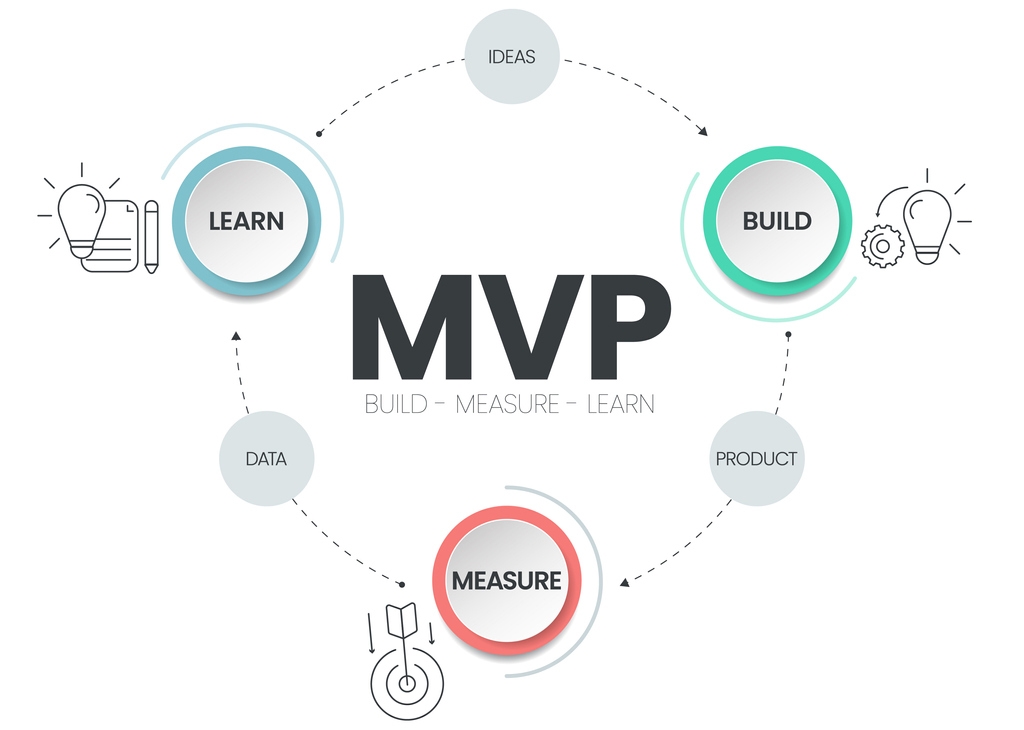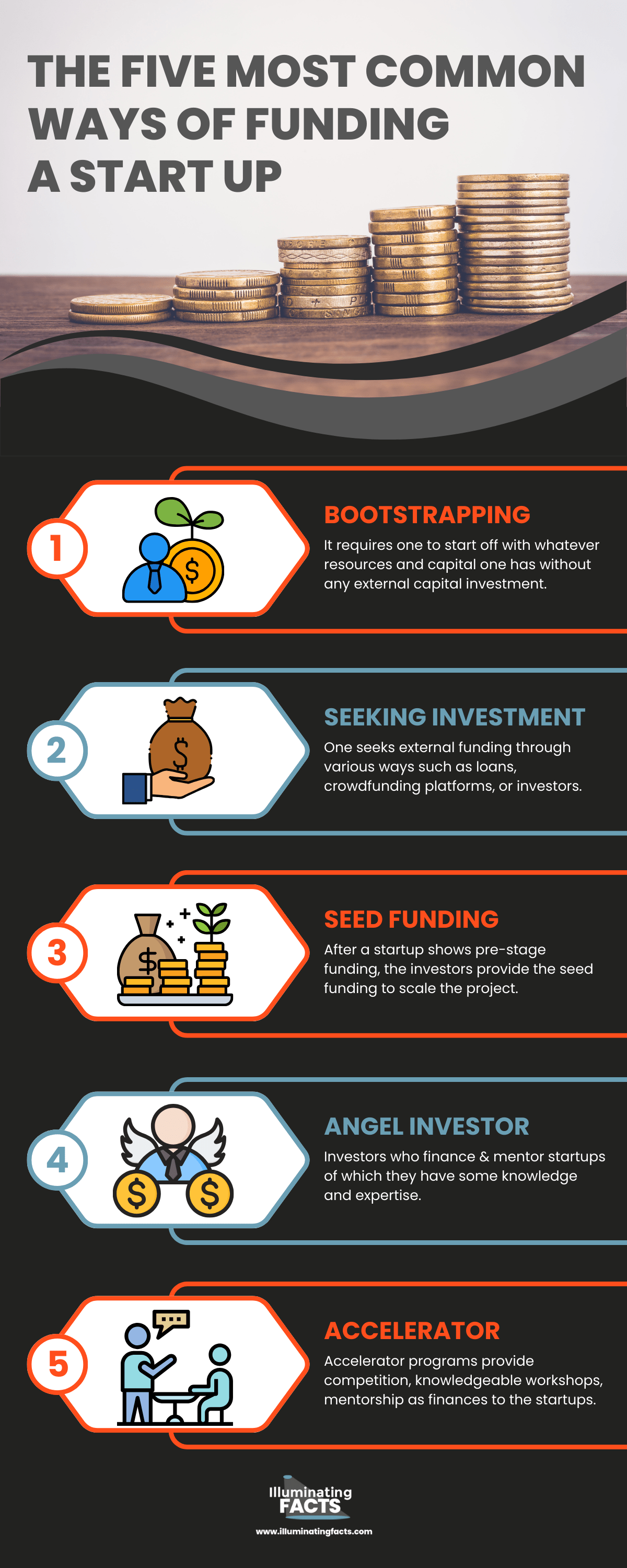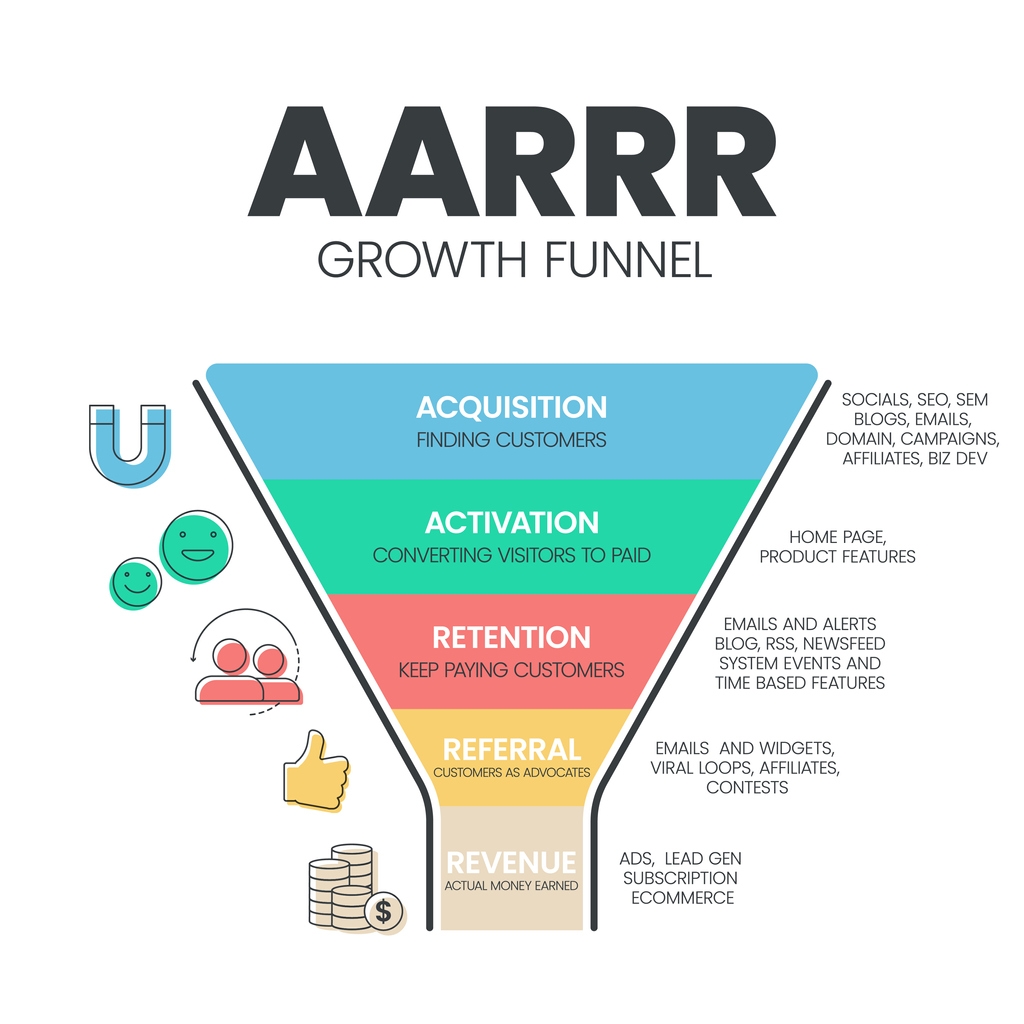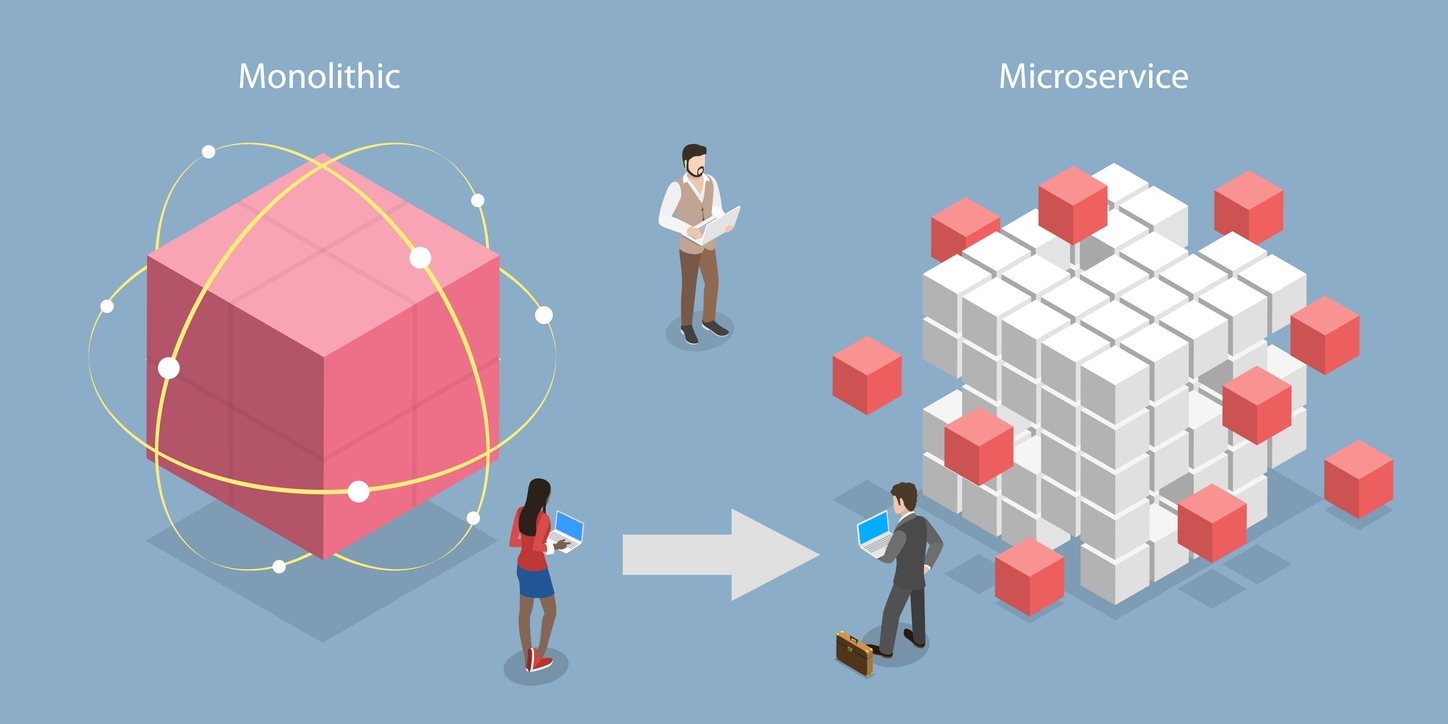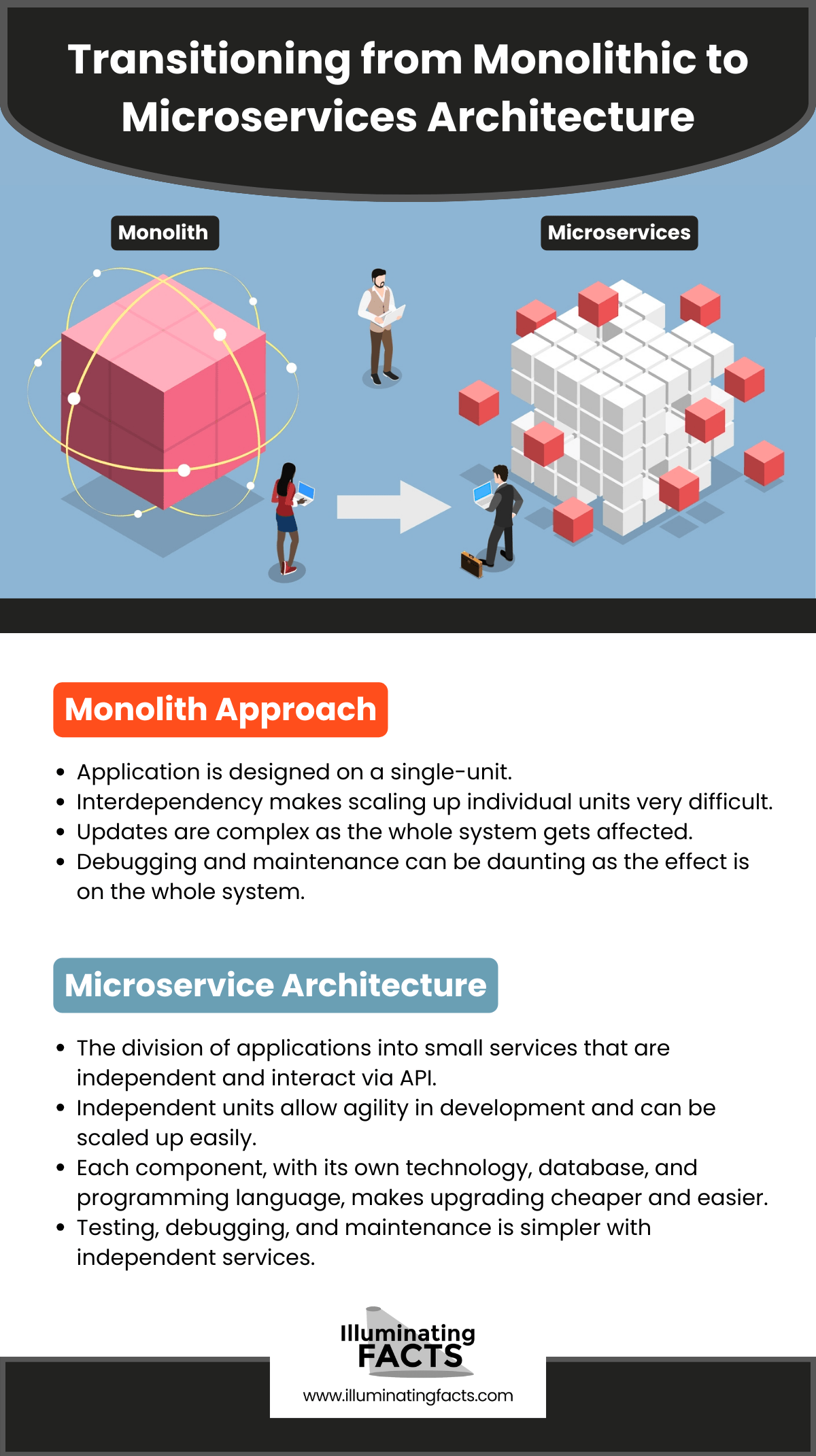Launching a business in the SaaS industry is far from easy. Growing such a startup is a formidable challenge that calls for meticulous planning, strategic thinking, and identifying the specific skill set or niche that resonates most with you.
The scaling process itself is a complex procedure, with several tasks to be conducted to make the project successful. From market research related to the niche to auditing the project and developing strategies for the scaling process requires a lot of planning. Read on to understand the basics of how you can scale up your SaaS startup and do it successfully too.
Check out our in-depth guide to Software As A Service
The Startup Phase
One of the most crucial phases of any business is the startup phase, in which your product provides a solution to the problem you have identified. In the product-market fit or startup phase your target is mainly to identify your customers and ensure that your product serves them and solves their problem. This way you can manage to secure your customer.
Identifying a SaaS Idea
Like the requirement of every kind of business, the SaaS too requires complete market research to yield an idea that can be converted into a business idea. One needs to conduct research to get an insight into the existing trends and the needs of the customers to serve them well. Identification of an idea makes it easy to work on it, as now one needs to only collect data to support the idea.
Market Research and Problem Identification
A thorough market research is significant to SaaS business and can be divided into two main aspects [1]
1- Research for identification of the Problem
2- Research for solving the identified Problem
Identification research helps in understanding the problem and finding out its consequences to the targeted audience. Whereas the research for solutions helps one identify the consumer behavior with respect to the problem and understand the economic trends to help shape a viable business solution. If the research is extensive, it can eliminate the risk of failure of your start-up.
Validating the Idea’s Feasibility
Not every idea is worth pursuing, therefore, one needs to conduct a thorough research to check whether its idea is worth all the hard work. One needs to assess the market and observe if the proposed product or the service is even required or not. Validation aids the startups to focus on their ideas that are more likely to click with the customers.
Building the MVP (Minimum Viable Product)
The most basic version of your product/service in SaaS, equipped with the core features to introduce to your customers is known as the minimum viable product or MVP. It is a good idea to introduce a developed MVP for SaaS as not only does it validate the idea but it helps one to see how his/her service is interacting with the target market. [2]
Prioritizing features for the MVP
It’s crucial to ensure that the features included in the Minimum Viable Product (MVP) meet the needs of your target customers. Below are the three key reasons why prioritizing these features is so important:
- Customer-Centric Approach: By focusing on the most pressing issues faced by customers, SaaS startups can develop solutions that are highly relevant to their target market.
- Risk Reduction: Launching with essential features allows for early user feedback. This enables startups to make timely adjustments, thereby reducing the risk of failure.
- Streamlined Development: Prioritizing features not only cuts costs but also speeds up the time-to-market, as the development team can concentrate on implementing only the most crucial functionalities for the MVP.
Agile Development and Rapid Iteration
To be updated with the demands and feedback of the customer, SaaS development teams need to adapt to the market needs. [3] To do that, the agile approach is sought which allows development processes to be divided into iterative sequences to quickly provide the necessary changes. This agile iteration requires a set deadlines for the deliverables.
Early-Stage Funding
For every startup, initial funding aids in scaling the startup but the entrepreneur must plan beforehand as to how that funding must be used for scaling up the startup. The Five Most Common Ways of Funding a Start Up are defined in the table below.
| Bootstrapping | It requires one to start off with whatever resources and capital one has without any external capital investment. [4] |
| Seeking Investment | One seeks external funding through various ways such as loans, crowdfunding platforms, or investors. |
| Seed Funding | After a startup shows pre-stage funding, the investors provide the seed funding to scale the project. |
| Angel Investor | Investors who finance and mentor startups of which they have some knowledge and expertise. [5] |
| Accelerator | Accelerator programs provide competition, knowledgeable workshops, mentorship as finances to the startups. |
Achieving Scale
Scaling up requires tons of hard work, a lot of investment, and full-time commitment. But for scaling up it is necessary to assess whether the startup was fruitful in acquiring customers and making a profit.
Scaling Infrastructure
To scale up the infrastructure it is essential to keep monitoring and assessing the infrastructure to understand whether it can scale up to growth. It is advisable to configure the infrastructure to auto-scaling to the set metrics. The standards could be related to network traffic, usage of CPU, or queue length. The predefined auto-scaling allowed applications to run smoothly and bear the sudden change. It can scale down when demand lessens, making the application most cost-effective and efficient.
Ensuring System Reliability and Performance
For smooth service, it is necessary that the infrastructure and the application are constantly monitored. For this certain tools can be helpful. The most common checks are as follows.
1- Timely performance checks.
2-Notifications to detect performance shortfalls.
3- Log aggregation to analyze the data
Transitioning from Monolithic to Microservices Architecture
One needs to see whether the application requires transitioning from monolithic to microservice architecture. The reasons why such transitioning is important in some cases can be assessed from the table below. [6]
| Monolith Approach | Microservice Architecture |
| Application is designed on a single-unit | The division of applications into small services that are independent and interact via API |
| Interdependency makes scaling up individual units very difficult. | Independent units allow agility in development and can be scaled up easily. |
| Updates are complex as the whole system gets affected. | Each component, with its own technology, database, and programming language, makes upgrading cheaper and easier. |
| Debugging and maintenance can be daunting as the effect is on the whole system | Testing, debugging, and maintenance is simpler with independent services. |
Scaling Sales and Customer Success
While infrastructure scalability is necessary to keep the services upgraded, it is also important to strategize ways to increase sales and attract more customers. For this, one needs to build a strong sales team and implement effective sales processes while focusing on customer retention. [7]
Building A Sales Team and Sales Processes
In the SaaS landscape, it is imperative to understand the ever-changing demands of customers and the requirements of the sales team to meet those demands. A few tips for a strong sales team are as stated.
- Hire for skills and don’t overburden a team member.
- Set sales standards and ensure they are met regularly.
- Rely on regular feedback and team support.
- Provide whatever is needed for the sales team to work efficiently.
- Encourage positive criticism and value sales team suggestions.
Sales Process for SaaS Startup
To scale up the sales, the startup must set a sales process whereby certain metrics are set to ensure attracting customers, meeting their expectations, and ensuring they remain connected with the application. The following steps are generally taken for a successful SaaS sale process. [8]
- Introduction to the application and responding to the queries of the customer.
- Provide an overview of the solution and why it is benefiting the customer.
- Exhibit testimonials and address the concerns related to the application or SaaS product.
- Provide detailed pricing plans and be open to changes or customization.
It is necessary to concentrate on customer onboarding and retention by keeping track of customer’s journey, finding opportunities to update your application/product as per their needs, and ensuring constant feedback to change the service accordingly.
Series Funding and Growth Capital
To ensure that your SaaS business keeps thriving, it is essential that you have sufficient funds to support the growth of your startup. Below are a few guidelines regarding fund collection during different phases of your business.
Series A, B, and Beyond
Series A funding can be obtained once the SaaS product has attracted and boarded some customers and it looks promising for the investor to support it. [9]
Series B funding is required for developing business which has marked its importance in the market. Investors will prefer businesses bringing in considerable profit. By this time, it is expected that the venture will invest in research to launch new features and products as well.
Series C funding is usually sought for international growth, scaling up on innovation and infrastructure. Investors will see the profitability margin and the market hold of the SaaS venture to provide the Series C funding.
Using Funds for Expansion and Innovation
While funds can be used for innovation and advancement in the SaaS product, it should also be utilized for
- Introducing the product to new markets and region,
- Training the sales and technical team to be more well-equipped with upgraded technology,
- Upgrading the customer service to attract more customers,
- Research on infrastructure development.
Competition and Differentiation
SaaS businesses can be tricky as the competition is always high. Below are a few tips that can help a SaaS business to strategize to compete with their competitors in the Market.
- Understand the competitors by thorough market research: This helps in understanding their strategies, shortfalls, and pros.
- Set Unique Value Proposition: UVP keeps you ahead of the game and is important to attract customers.
- Customer is the King: The feedback loop will ensure you fulfill the needs of the customer, thus ensuring a loyal customer base.
- Compete with Pricing: Keep an eye on your competition and try to meet the pricing demand of your customers by offering customized payment plans.
- Inculcate emerging technology: Stay up to date with current technology and include them in your startup. For example, using an AI to provide smooth customer service.
Scalability and Technical Debt
While for short-term, simple strategies to provide agile development can work in the long run, this can create technical debt, therefore, for a startup to scale up efficiently, the scalability should ensure that technical debts are catered to beforehand. This can be done by 3 main strategies. [10]
1-timely restructuring or refactoring the code.
2-Incorporation of strategies to minimize technical debt.
3-Prioritizing the improvisation of code quality in the development cycle.
Conclusion
SaaS journey is rewarding yet it has its own challenges. From hiring skilled experts and engineers to timely upgradation with respect to customer feedback, the SaaS startup requires dedication on every step. However, it is important to understand that the venture can only be scaled up if the company culture is focused on the development and growth of its team. After all, it is their efforts and toil that ensure scaling up a startup successfully.
References
[1] How to conduct market research for a SaaS business. (2021, August 16). DevriX. https://devrix.com/tutorial/how-to-conduct-market-research-saas-business/
[2] Elena. (n.d.). Developing an MVP for SaaS: Technical Insights. www.apriorit.com. https://www.apriorit.com/dev-blog/388-mvp-for-saas
[3] Agile software development for your next SaaS product. (n.d.). VeryCreatives. https://verycreatives.com/blog/agile-software-development-saas
[4] Gswardman. (2023, March 27). How to bootstrap your SaaS startup – 14 tips. OneStop DevShop. https://www.onestopdevshop.io/bootstrapping-saas/
[5] Visram, O. (2022, August 31). 6 types of investors for SaaS startups. Enkel. https://www.enkel.ca/blog/accounting/6-types-of-investors-for-saas-startups/
[6] Ozkaya, M. (2023, April 9). Architecture comparison: Monolithic vs Microservices. Medium. https://medium.com/design-microservices-architecture-with-patterns/architecture-comparison-monolithic-vs-microservices-4109265c4806
[7] Smale, T. (2020, December 22). How to build out a solid sales team for your SaaS business. Entrepreneur. https://www.entrepreneur.com/growing-a-business/how-to-build-out-a-solid-sales-team-for-your-saas-business/360651
[8] A comprehensive guide to the SaaS sales process. (2022, January 20). Crunchbase. https://about.crunchbase.com/blog/comprehensive-guide-saas-sales-process/
[9] What’s the difference between series A & series B funding? (n.d.). Accountancy Cloud. https://theaccountancycloud.com/blogs/series-a-and-series-b-funding
[10] What is technical debt? (n.d.). MuleSoft. https://www.mulesoft.com/resources/api/what-is-technical-debt


